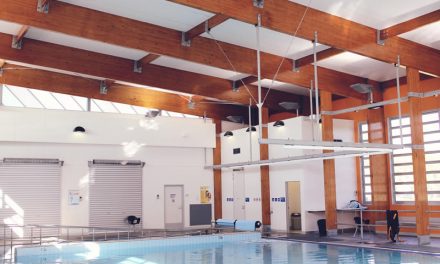Twice a year the HIA Economics team releases its Housing Scorecard. This unique research assesses residential building conditions in each state and territory. Across a range of activity indicators – fourteen in total – the most recent performance in each state is benchmarked against the state’s longer-term average. This analysis is aggregated in a scoring system which provides a ranking that highlights the relative strength or weakness of residential building activity in each of the states and territories.
As we enter the midway point of 2015, the analysis shows New South Wales (NSW) has jumped ahead of Western Australia (WA) as the nation’s strongest state for residential building, thereby ending WA’s long reign at the top. While the strength of the recovery in NSW is broadening, the pillars of strength in WA are starting to look vulnerable.
Victoria ranked third, narrowly off the leading pace of NSW and WA. The resurgence of multi-unit construction, which was already at a high-level, has been pivotal in lifting the state up the league table. Given the weak economic conditions elsewhere in the state, this housing result is a very healthy one for Victoria.
The Northern Territory (NT), Australian Capital Territory (ACT), and Queensland are clustered together in the middle of the table, although their trajectories differ.
The territories collectively took quite a hit to their performance, relative to the other states. For both the NT and the ACT, this was a consequence of declines in their ranking for indicators tracking multi-unit activity.
In contrast, Queensland continues to improve, while South Australia (SA) follows closely in this latest Housing Scorecard edition. Queensland now looks more like a mid-table performer than a cellar dweller, but there is still a lot of ground to make up in comparison to the top performing states.
SA and Tasmania are the nation’s two most underperforming economies, and it is little surprise that they rank as the two weakest jurisdictions for residential building.
Unfortunately for Tasmania, this states reign at the bottom of the table has been going on for some time. The latest analysis extends Tasmania’s run to ten consecutive quarters holding the wooden spoon. That’s worse than NSW losing nine of the last ten origin series!
There is obviously much more to residential construction activity in Australia than just what occurs in Sydney and wider NSW. However, despite being the nation’s most populated state (although Victoria is still forecasted to take over this mantle in the future), many industry participants were, until a couple of years ago, despairing about NSW ever becoming a vibrant housing market again.
NSW continues to rate highly on indicators measuring levels of multi-unit dwelling construction, but it may be a surprise to some that the state rates very highly across indicators of detached house building.
The buoyant housing market has played a significant role in elevating NSW up the rankings, but the rapid price growth has intensified affordability pressures. Lending figures have reaffirmed the challenges facing many first-home buyers, highlighting a weak spot in the housing market, and has consequently ranked NSW as the third weakest jurisdiction on this indicator.
Meanwhile, the recovery in Queensland continues to gather momentum. The latest Scorecard analysis shows improvements can be attributed to a boost in multi-unit home building, lifting the state one place up on the league table. To maintain the positive momentum we’ll need to see the recovery broaden its base through improvements in detached house building and renovations activity.

For further information regarding the HIA Housing Scorecard, visit the









